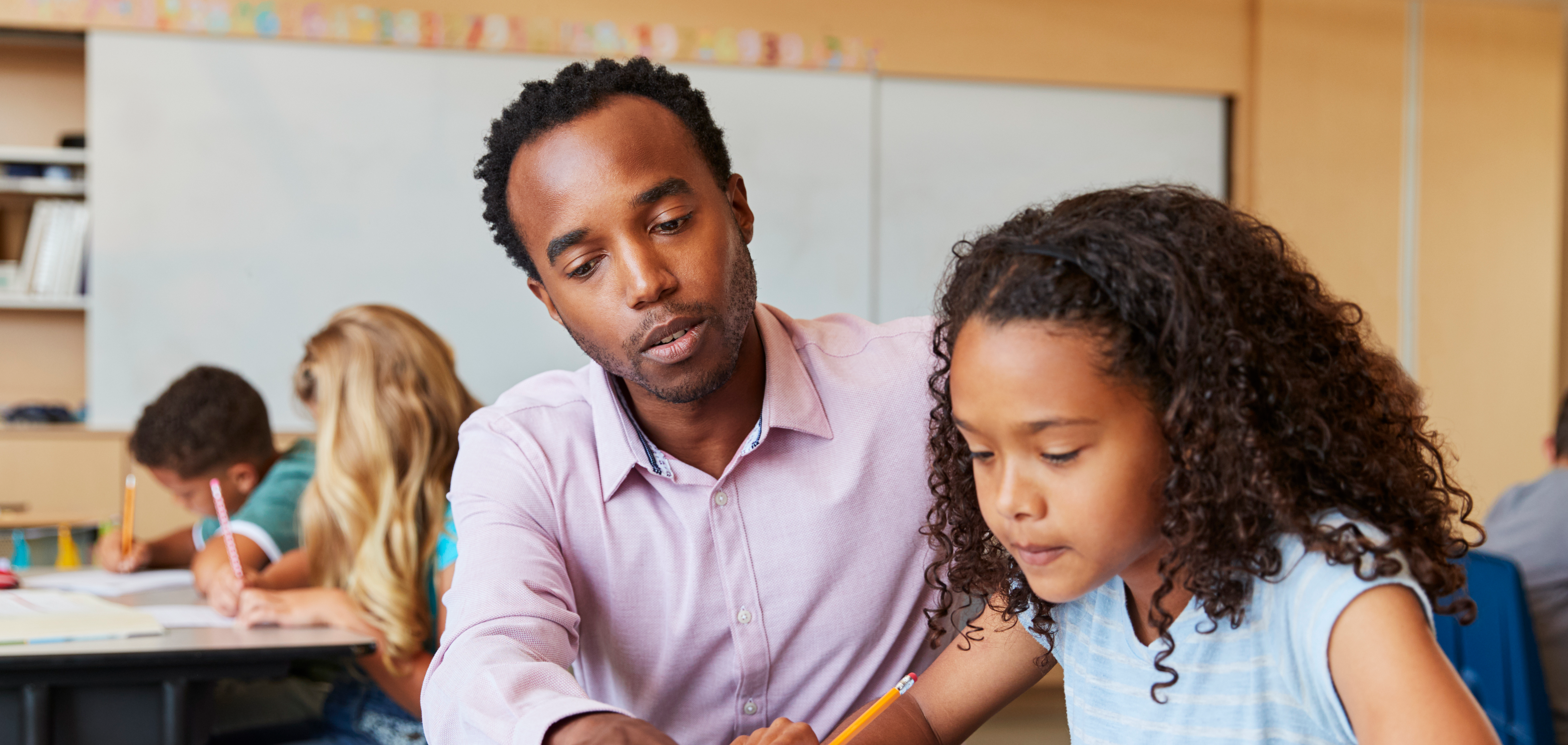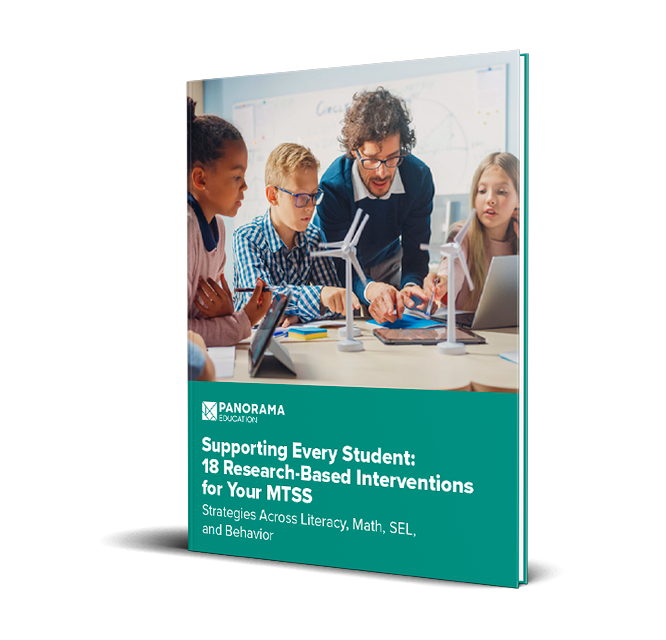The October 2022 report from the National Assessment of Educational Progress (NAEP) showed severe declines in literacy and math scores among students in grades 4 and 8 across the United States. NAEP released additional data in June 2023 showing scores declining in both subject areas for 13-year-old students.
- Average math scores for fourth grade dropped by 5 points and by 8 points for eighth grade. These are the steepest declines recorded in math since the assessment began in the 1990s.
- The average reading scores for both grade levels decreased by 3 points. These reading scores are similar to what they were in 1992.
The impacts of the pandemic on the decline in test scores are a subject of hot debate. Is remote learning solely to blame? What about the student learning? Or is it more to do with the educational inequities already present in our schools? All of these topics (and many more) are sure to be discussed at length for years to come, but what matters most at this moment is how we choose to support our students right now in this crucial time of learning recovery.
The NAEP report focuses mainly on academic achievement, but that’s only part of the story. Research shows that when educators support students’ life skills and behavioral growth, they perform better academically. Students also succeed when educators partner closely with families in learning.
As you plan your learning recovery efforts, aim to support the whole child by elevating student voice, engaging families in student learning, and delivering effective and consistent interventions across academics, life skills, and behavior.
Download our toolkit of 18 research-based interventions for students.
Elevate Student Voice
Standardized test scores can give educators important information about student learning, but they are only one piece of the puzzle. When you gather feedback from students about their experiences at school, you are able to get a much clearer picture of which students need support and in what areas.
Feedback surveys are a powerful way to gain insight into what individual students may be experiencing, as well as information about larger trends within your school or district. When you have student voice data, you can take direct action to address learning recovery needs.
Below are a few sample questions you can ask:
- How confident are you about learning what you need to learn this school year?
- How confident are you that you know where to go to get the help you need?
- This school year, are you worried about being able to focus in class?
- What is one thing your school did to support your learning during last school year that you would like to see again this school year?
You can also make checking in with students a regular practice. This way, you can connect students with the help they need when they need it, instead of losing precious time waiting for end-of-term tests or assessment scores. The sooner students get support, the better their chances at success.
Recommended Resource: Panorama Student Check-Ins Question Bank
Engage Families in Student Learning
When families are partners in education, students thrive. After learning at home, many families are showing interest in becoming more involved in their child’s school experience. But figuring out how to meaningfully engage families in learning can be challenging.
Family engagement practices are going to look different in every school, depending on the community context, but they are all built on the same foundation: communication and trust. As Dr. Karen Mapp, an expert in the family engagement space, says,: “Relational trust is the glue that holds everything else together.”
Build relational trust through family engagement activities such as:
- Elevating parent and caretaker voices through surveys
- Opening communication by using conversation guides in conferences (and beyond)
- Starting a school-wide practice of regular home visits, phone calls, or emails to share student successes
Recommended Resource: Panorama’s Family Engagement Toolkit
Deliver Effective and Consistent Interventions
One of the key takeaways from the NAEP results was that in order to elevate literacy and math scores, students need to be receiving consistent, high-quality interventions. These interventions need to support the student in their areas of greatest need, whether that is in academics, life skills or behavior.
Delivering interventions consistently and with fidelity can be challenging, especially when you are already short on resources. Committing to processes around intervention planning and progress monitoring can help lighten the load and ensure that the supports students are receiving are actually working as intended.
Make sure the interventions you are choosing are also the right fit for your community’s needs. This can be especially challenging when searching for life skills strategies, as not every activity will be the right fit for your students. You can use this guide to help you ask the right questions to determine the best life skills strategies for your district.
Recommended Resource: 18 Research-Based Interventions for Your MTSS
Looking Ahead to Learning Recovery
Learning recovery efforts will likely look different in every district, depending on the specific needs and context of each community. By communicating openly and frequently with students, educators, and families, you will have a better idea of what those needs are and what your district can do to meet them to make sure that every student succeeds.
If you are looking for ways to fund your learning recovery efforts, remember that ESSER II and ESSER III funds are applicable through September 2023 and 2024 respectively. These funds can be used for a variety of activities, including academic services, counseling, infrastructure, and technology.


.jpeg)


.jpg)

